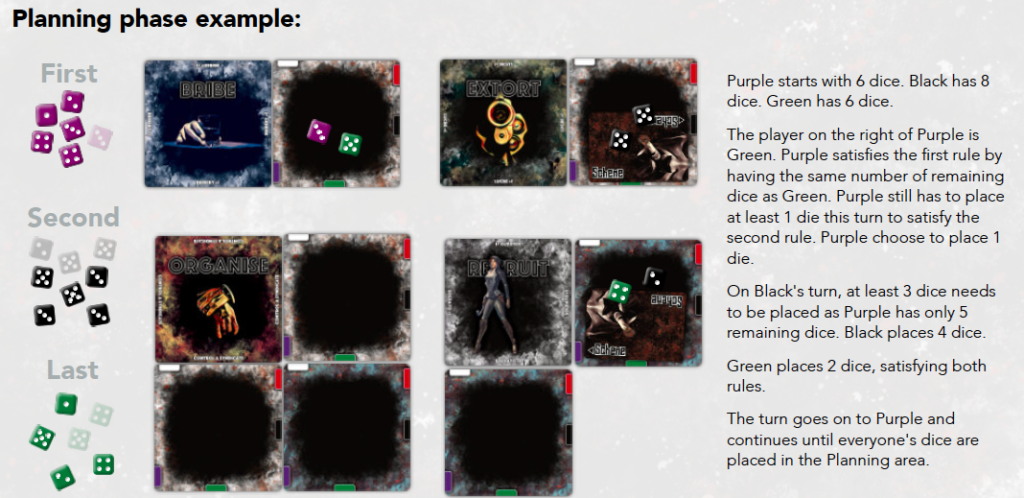I have talked about the theme, mechanics and differentiating from your competition in my previous posts. We have covered a fair bit. However, there is an important aspect that I have not touched on and that is presentation.
I deliberately use the word “presentation” to broaden the scope of what we are going to discuss.
When you first step into a board game retailer, what is the first thing you notice about any game? Is it the vibrant colours, the illustrations or the artwork in general? These play vital roles in drawing eyeballs of the consumers, swaying their behavior and gravitating them towards making the purchase.
When you look beyond the box art, what other aspects of game do you look out for when you eventually play the game? Is it the theme, clarity of the rulebook or the quality of the components? I categorize these visual and non-visual elements under “presentation”.
How is this relatable to you since you are not exactly a publisher?
In your case as a designer, publishers are your customers, and your prototype is the product that you are trying to sell. Similar to what publishers are trying to achieve, you are trying to sway publishers’ behavior and opinion into making the “purchase”. In this case, the “purchase” is the signing of your game.
How do improve the presentation of your prototype?
Firstly, add some flavour by using stock images in your game. Having black words plastered all over a white background isn’t going to sway anybody’s behavior in the right direction. It will, unfortunately, sway publishers’ opinion in the wrong direction. When adding stock images, choose the ones that are royalty free so that you don’t run into any problems when distributing your prototypes. There are plenty of sites offering stock images. Google the phrase “royalty free stock image” and you will definitely find something you need.
Alternatively, if you want your cards and tiles to appear more professional, you can consider using a card and tile design software provided by The Game Crafter under a company called Component Studio. It allows you to create a card or tile template that can pass off as the finished product. In addition, it saves you time by providing you with the images and the means to manipulate them directly onto the card design templates. After you have finalized your designs, you can export your work into a Print-and-Play (PNP) file directly which saves you time dealing with all the formatting. Just to note, this service comes at a monthly subscription fee.
Next, ensure that you have simplified and proofread your rulebook. Having a wall of text is not going to entice anybody to continue reading. Insert some examples to illustrate your point. Here is an example from one of our published games, Lawless Empire:

From here you can, more or less, convey the idea of the rule without droning on and on about the different steps and phases.
Lastly, order a box and plaster some art on it. If you do not possess any Photoshop wizardry, Powerpoint will do just fine. As for the box, there are generic boxes sold on e-commerce platforms such as Amazon or hyperlocal ones that serve your region. Try searching for “Gift box with lid”. That shouldn’t cost anything more than $5 per box in normal cases but the effect is going to pay off exponentially. If you do not show that you care about your prototype, none of the publishers will.
Regardless of whether you are presenting the game through a face-to-face pitch or a simple email introduction, make sure that you have an introductory video of the summarized rules of the game. This should not be longer than 5 minutes and make this as concise as possible. This can be done in one-take using your phone so you do not need mad editing skills or a professional video recording equipment for this to work. The purpose of this is to recap the rules of the game for publishers that you have pitched to face-to-face and for publishers to quickly have a brief idea of how your mechanics work for email introductions. Trust me, this small investment of time and effort is truly worth it. In addition, this comes especially handy now when all major board gaming conventions are postponed at least till next year.
If you have prior experience in helping to play-test a prototype, what are some of the things that you look out for?
Link to the “So you think you can be a board game designer” Series -> Compilation






